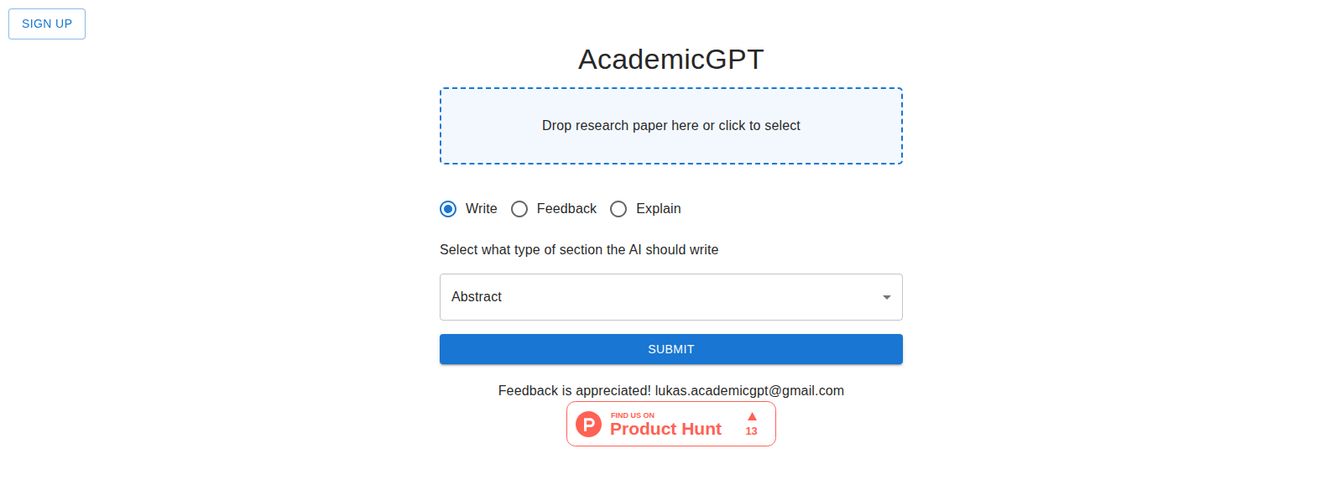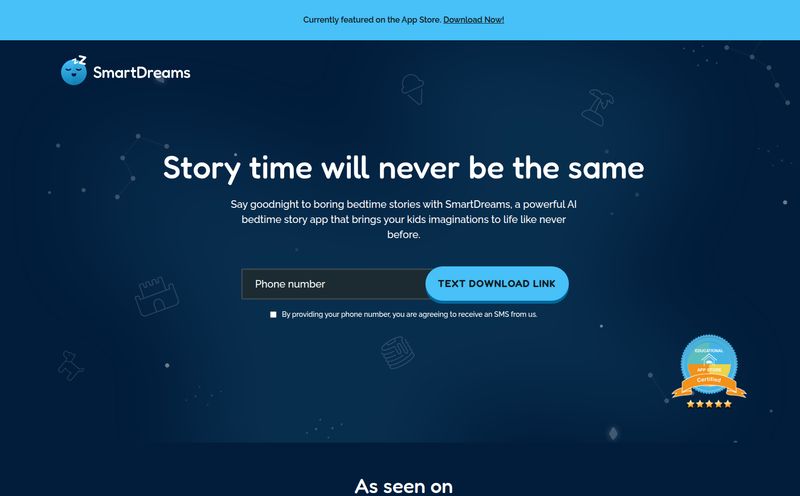I’ve been in the SEO and digital trends game for a long, long time. I’ve seen platforms rise like rockets and fall like stones. And lately, my inbox has been an absolute avalanche of “The Next Big AI Tool!” announcements. Most of them, if I’m being brutally honest, are just re-skinned versions of the same old thing. Another GPT wrapper. Another image generator. It gets a little… monotonous.
But every now and then, a project pops up on my radar that makes me sit up and lean a little closer to my screen. Something that isn’t trying to be everything to everyone, but is instead trying to be something incredibly important to a specific group of people. That’s the feeling I got when I first heard about NepaliGPT.
This isn’t just another chatbot. It’s a sign of something much bigger. A sign that AI is finally starting to remember that the world speaks more than just English.
So, What Exactly is NepaliGPT?
On the surface, it’s an AI-powered answer hub. You ask a question in Nepali, and it gives you a precise answer in Nepali. Simple enough. But the magic is in the how. It’s not just a language model floating in a void; it actively combines its AI brain with live web search capabilities. Think of it less like a standard chatbot and more like a super-smart research assistant who is a native Nepali speaker.
Here’s an analogy I’ve been kicking around: using a generic AI for a culturally specific question is like asking a tourist in Kathmandu for the best place to get juju dhau. They might pull out a map, point to a popular tourist spot, and give you a textbook answer. But NepaliGPT is designed to be the local. The one who knows the little side-street shop that’s been run by the same family for three generations. It has that built-in context. That’s the whole ballgame.

Visit NepaliGPT
Beyond Translation: Why AI in Nepali Truly Matters
Let's be real. For years, the digital world has had a massive language problem. If you're not a speaker of a major global language, you're often left with clunky, literal translations that miss all the poetry and nuance. I once tried to get a translation for a complex business idea for a project in Nepal and the result was so comically wrong it was unusable. This is what we in the biz call the challenge of “low-resource languages” – languages for which there isn’t a mountain of digital data to train AI on.
A tool like NepaliGPT is a direct shot at solving this. It’s about more than just convenience. It’s about digital dignity. It’s about creating a space where Nepali language and culture aren’t just an afterthought but the entire point. It allows for students to research topics in their native tongue, for journalists to get quick facts on local news, and for a grandmother to look up a recipe without having to stumble through a poorly translated English website. This is how you bridge the digital divide in a way that actually respects culture.
A Peek at the Core Functionality
So what's under the hood? Based on what we know, the platform is built on a few key pillars.
Natural Nepali Understanding and Generation
This is the foundation. It’s not just about recognizing words, but understanding intent, slang, and the flow of natural Nepali conversation. This is exponentially harder than it sounds. It means the model has been specifically trained on Nepali text, allowing it to generate responses that feel human and authentic, not like a machine just swapped English words for Nepali ones.
An Answer Engine, Not Just a Search Engine
You don't just get a list of ten blue links. You get a synthesized answer. By pairing its language model with a web crawler, NepaliGPT can read multiple sources, understand the information, and then present you with a coherent, precise answer to your query. This saves a ton of time and is the direction search is heading anyway, as we've seen with Google's SGE experiments.
The Reality Check: Potential and Pitfalls
Alright, let's ground ourselves for a second. I'm excited, but I'm also a realist. Every new tool has its pros and its cons, especially in the early days.
The big win is obvious: it’s a dedicated, culturally-aware tool for a massively underserved audience. The combination of AI and focused web search means you're getting relevant, instant responses that understand local context. From local news to cultural trivia, the potential is huge.
However, there are a couple of hurdles. First, access is currently limited. You have to join a waitlist. Now, some people see this as a negative. I see it as a smart move. It suggests they're taking a page from the early days of Gmail or Clubhouse, building hype while ensuring they can scale responsibly without the servers catching fire. It’s a sign of a careful rollout. The other thing is that it might not be fully comprehensive on every topic just yet. Building a knowledge base that can rival the entire internet is a marathon, not a sprint, and I'd expect some gaps in its knowledge, especially on highly niche or global subjects. But that’s okay. It’s a specialist, not a generalist.
Who Should Be Excited About This?
I can already see a few groups getting a lot of milage out of this. Students in Nepal doing homework or research projects will find it invaluable. Journalists and content creators can use it for quick fact-checking on local issues, saving precious time. Businesses looking to understand the Nepali market better could gain some serious insights. And let’s not forget the huge Nepali diaspora around the world, who now have a powerful tool to stay connected to their culture and language in a more meaningful way. It's a bridge back home.
Let’s Talk Money: The Pricing Question
This is the big unknown right now. The official site doesn't list any pricing, which is typical for a platform in its waitlist phase. Will it be free? Will it have a freemium model with a pro tier? Maybe a pay-as-you-go system? Honestly, your guess is as good as mine. My gut tells me we'll likely see a free tier to encourage adoption, with a more powerful paid version for businesses or power users down the line. We’ll just have to wait and see.
Frequently Asked Questions about NepaliGPT
1. How is NepaliGPT different from using ChatGPT or Google Bard?
The main difference is specialization. While big models know a bit of Nepali, they are primarily trained on English data. NepaliGPT is built from the ground up with a focus on the Nepali language and cultural context, and it integrates live web search for up-to-date, locally relevant information.
2. Is NepaliGPT free to use?
Currently, there's no official information on pricing. It's in a waitlist-only phase, and pricing details will likely be announced closer to a public launch.
3. How can I get access to NepaliGPT?
You'll need to find their official website and sign up for the waitlist. Given the interest, it might take some time to get an invitation, so it's best to sign up sooner rather than later.
4. Can it understand different Nepali dialects and informal language?
This is a great question. While not officially stated, a truly effective model would need to handle common dialects and informalities. Its real-world performance on this front will be a major test of its sophistication.
5. Is my data safe with NepaliGPT?
As with any AI tool, you should be mindful of the data you share. It’s always good practice to review the platform's privacy policy once it's publicly available and avoid entering sensitive personal information.
My Final Thoughts on This New Frontier
Look, it's easy to get cynical in the tech world. But NepaliGPT is genuinely one of the more interesting projects I've seen this year. It's a reminder that the most powerful innovations aren't always the biggest or the loudest. Sometimes, they're the ones that speak to a community in its own voice.
It has a long road ahead, with challenges in scaling and expanding its knowledge base. But the foundation is solid, and the mission is critical. I, for one, will be watching its progress closely. This isn’t just an answer engine; it's a statement. And it's one I'm very happy to hear.
Reference and Sources
- For information on the tool and to join the waitlist, you can search for the official NepaliGPT website.
- For more on the challenges of AI and language, check out this article on large language models in South Asia from MIT Technology Review.



